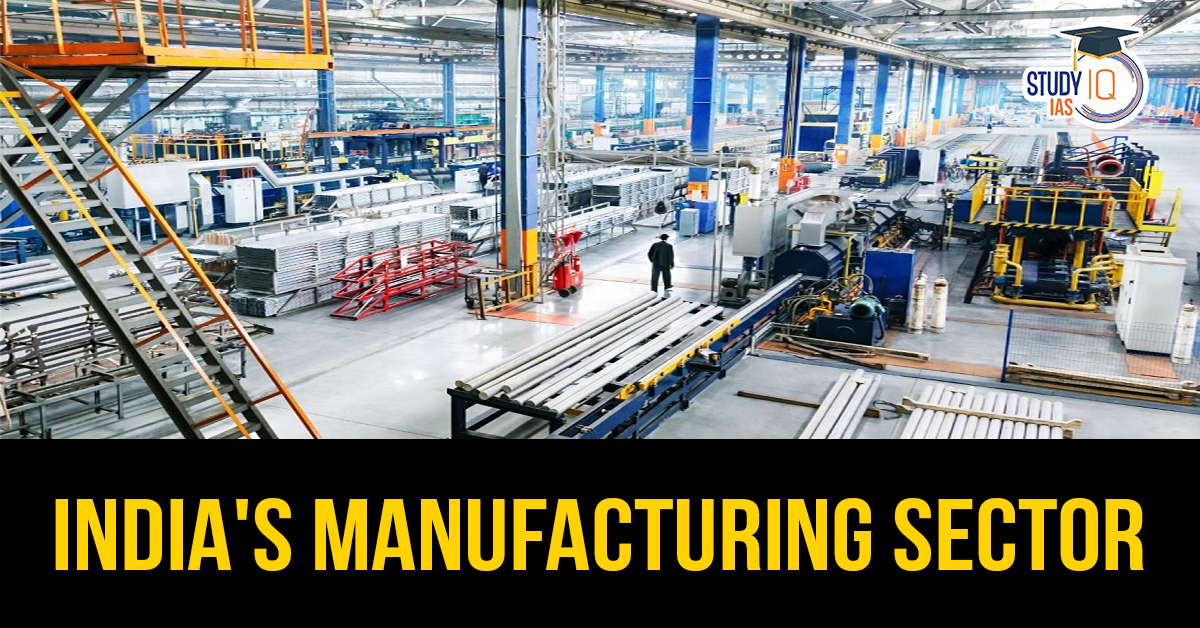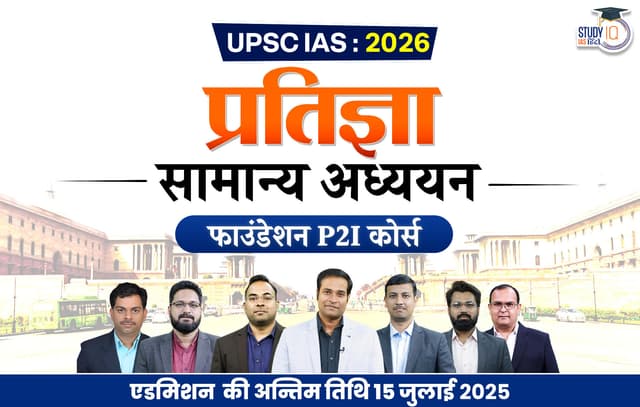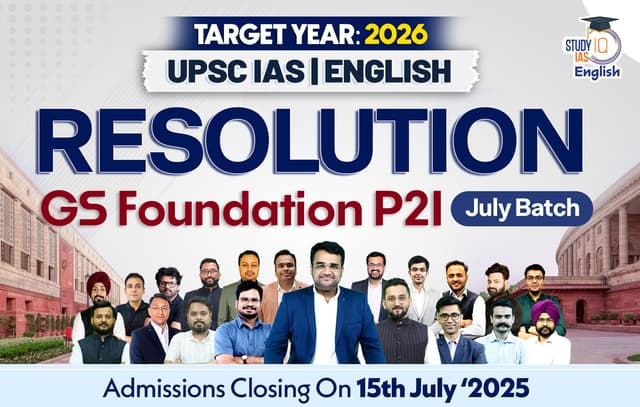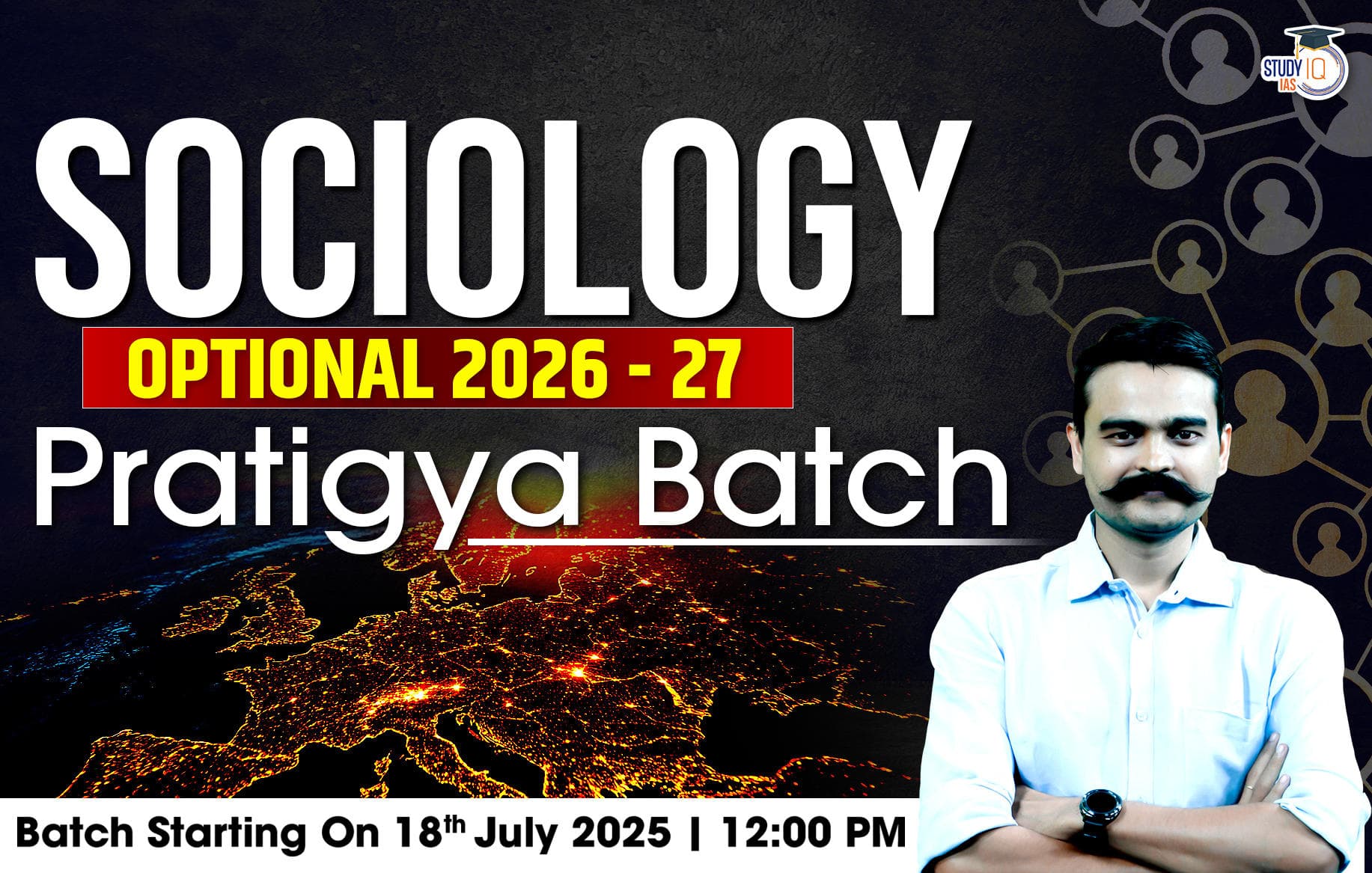Table of Contents
Context: The innovation-driven, high-tech manufacturing, fueled by R&D and advanced skills, and current high tariffs demand a manufacturing reset, requiring policies that directly confront the challenges.
India’s Manufacturing Sector Growth and Performance: Insights from ASI 2022-23
Impressive Sectoral Growth
Manufacturing output grew by 5% in 2022-23, with GVA increasing by 7.3%.
- PLI-covered sectors like basic metals, petroleum products, food products, chemicals, and motor vehicles contributed 58% to total manufacturing output, registering an output growth of 5%.
- The recovery from the COVID-19 pandemic disruptions is evident, with performance surpassing pre-pandemic levels.
PLI Scheme Impact
The PLI scheme has enhanced productivity in sectors such as:
- Mobile manufacturing
- Electronics
- Automobiles
- Pharmaceuticals
- Textiles
This scheme underscores India’s ability to align policy support with industrial growth.
Why India Needs to Reset Its Manufacturing Sector
- Lagging Manufacturing Productivity: India’s per capita value added in manufacturing is $0.32K vs global average of $2K.
- Productivity is $8.9K vs $32K global average (World Bank, 2023).
- Global Shift Toward High-Tech Manufacturing: Global trade is moving toward innovation-driven, medium- and high-tech sectors (e.g., semiconductors, robotics).
- India risks missing the bus if it doesn’t catch up in R&D and skills.
- Over-reliance on Services Sector: India’s economic growth is service-heavy, while manufacturing’s contribution to GDP is stagnant (~16-17%).
- This limits employment generation and resilience.
- Strategic Concerns in Global Supply Chains: Geopolitical shifts (e.g., US-China tariffs) are reorganising supply chains.
- India must reposition itself as a reliable manufacturing base.
Key Concerns Hindering India’s Manufacturing Sector Growth
- Low Investment in R&D: India’s R&D expenditure is just 0.65% of GDP, compared to 2–4% in industrial economies.
- Weak Industry-Academia Linkages: Engineering institutions focus on grades and theory, not on practical innovation or industry problems.
- Skill Mismatch: Lack of alignment between technical education and industry needs, especially in core engineering skills.
- Inadequate Infrastructure: Delays in industrial park development, high logistics costs, and a lack of plug-and-play facilities.
- Policy Gaps: Existing schemes like Make in India and PLI have limited coverage and uneven implementation across states and sectors.
Challenges in India’s Manufacturing Sector
- Rising Input Costs: Input prices surged by 4% in 2022-23, leading to a notable gap between output growth (21.5%) and GVA growth (7.3%).
- Import dependency for raw materials exacerbates the cost pressures.
- Regional Imbalances: Industrial activity is concentrated in five states — Maharashtra, Gujarat, Tamil Nadu, Karnataka, and Uttar Pradesh — which collectively account for:
- 54% of total manufacturing GVA
- 55% of employment
- Other regions lag in development, limiting nationwide manufacturing growth.
Opportunities for Growth and Expansion of Manufacturing Sector
- Extending PLI Coverage: Labour-intensive sectors such as apparel, leather, footwear, and furniture can benefit from PLI expansion.
- Sunrise industries like aerospace, space technology, and Maintenance, Repair, and Overhaul (MRO) hold immense growth potential.
- Focus on capital goods to reduce import dependency and promote domestic capabilities.
- Boosting MSMEs: MSMEs contribute 45% of India’s manufacturing GDP and employ 60 million people.
- Tailoring PLI incentives for MSMEs by lowering capital investment thresholds and production targets could enable better integration into value chains.
- Increasing Women’s Workforce Participation: Women’s participation in manufacturing could boost output by 9% (World Bank estimate).
- Infrastructure development near factories, such as hostels, dormitories, and childcare facilities, is essential to enhance inclusivity.
- Promoting Green and Advanced Manufacturing: Encouraging green manufacturing and R&D in advanced technologies can enhance sustainability and competitiveness.
Policy Recommendations for Overcoming Challenges
- Addressing Input Costs: Simplify import tariffs into a three-tier system:
- 0-2.5% for raw materials
- 5-5% for intermediates
- 5-7.5% for finished goods
- This strategy could reduce input costs, enhance competitiveness, and improve integration into global value chains.
- Reducing Regional Imbalances: Encourage state-level participation in implementing reforms related to land, labour, power, and infrastructure.
- Invest in underdeveloped regions to balance industrial growth.
- Improving Ease of Doing Business: Streamline regulatory frameworks to attract domestic and foreign investments.
- Reduce the cost of doing business to enhance global competitiveness.
Future Prospects: Towards a Developed Economy
- With sustained efforts, the manufacturing sector’s share in GVA could rise:
- From 17% currently to 25% by 2030-31.
- Further to 27% by 2047-48, aligning with India’s vision of becoming a developed economy.
- The sector’s transformation will require leveraging policy initiatives like the PLI scheme, fostering inclusivity, and enhancing domestic capabilities.
What Needs to Be Done for India’s Manufacturing Sector
- Increase R&D Spending: Raise R&D investment to 2% of GDP.
- Promote mission-based R&D hubs for manufacturing technologies.
- Reform Engineering Education: Focus on practical training, product design, and prototyping.
- Redesign the entrance and graduation systems to foster creativity and problem-solving.
- Build Advanced Manufacturing Ecosystems: Develop state-specific manufacturing clusters with in-house prototyping, testing, and design labs.
- Encourage manufacturing-focused startups with access to toolrooms and workshops.
- Strengthen Core Engineering Sectors: Prioritise traditional sectors like civil, mechanical, chemical, metallurgy, etc., alongside AI and electronics.
- Industrial Infrastructure Investment: Allocate 1% of GDP for developing plug-and-play industrial parks, logistics, and certification labs.
- Policy Innovation and Monitoring: Tailor policies to specific sectors and geographies; ensure real-time feedback and coordination between the centre and states.


 Cat Bonds (Catastrophe Bonds), Meaning, ...
Cat Bonds (Catastrophe Bonds), Meaning, ...
 What is Visible and Invisible Trade with...
What is Visible and Invisible Trade with...
 Chemical Industry in India: Powering Ind...
Chemical Industry in India: Powering Ind...





















